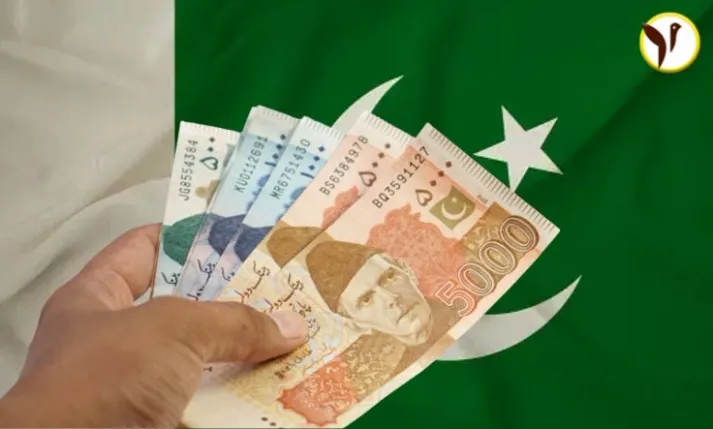Pakistan's national currency, the rupee, has recently plummeted to a historic low against the US dollar. This decline has been attributed to the easing of import restrictions and escalating demand for the dollar. The nation's foreign reserves are dwindling, prompting the Pakistani government to implement measures to stabilize the situation.
Import Restrictions and IMF Loan
Starting in 2022, Pakistan put in place import restrictions to curb the outflow of foreign reserves. However, in June, the country began lifting these restrictions as part of a $3 billion loan package from the International Monetary Fund (IMF).
Rupee's Decline and Political Turmoil
Traders have reported that the rupee slid by 0.6% to reach an intraday low of 299 against the dollar. In May, it even reached a new low of 298.93. These developments occurred shortly after former Prime Minister Imran Khan was imprisoned on charges of land graft, adding to the country's instability.
Expert Predictions and Factors Behind the Decline
Tahir Abbas, a research head at Arif Habib, a brokerage in Karachi, predicted that the rupee would trade between 295 and 305 against the dollar for the foreseeable future. The decline is primarily attributed to the relaxation of import restrictions and the clearing of backlogged goods and services.
IMF Influence and Currency Impact
The International Monetary Fund's stipulation for a more market-driven exchange rate as a condition for financial aid has influenced the rupee's performance. The currency experienced a devaluation earlier in the year and a subsequent sell-off in May, causing it to lose more than 20% of its value this year alone. This situation has positioned the Pakistani rupee as the weakest performer in the Asian market.
Continuing Dollar Demand and Current Account Deficit
Experts, including Yawar Uz Zaman from Pearl Securities Ltd, suggest that the demand for dollars is anticipated to persist shortly. Notably, Pakistan's current account, which had enjoyed four consecutive months of surplus, reverted to a deficit of $809 million in July, according to central bank data.
Also read, NY Times Wordle of the Day







